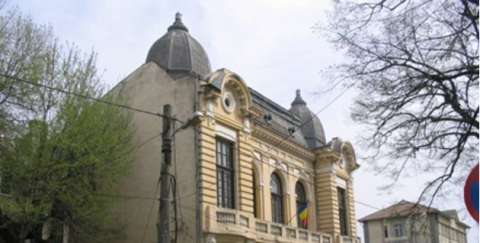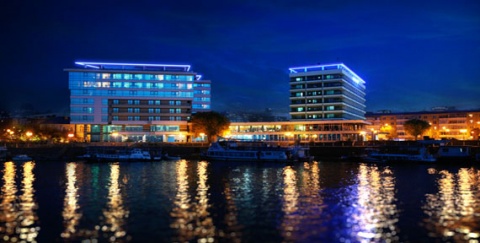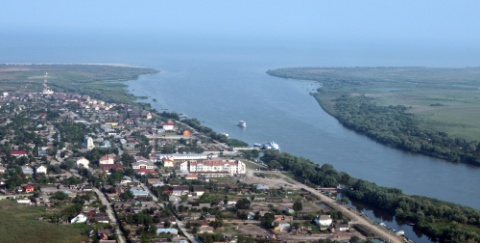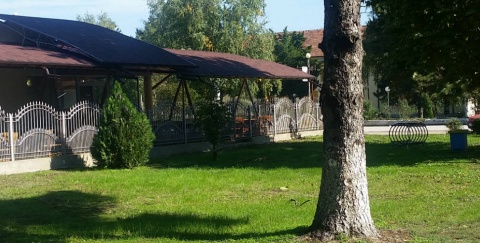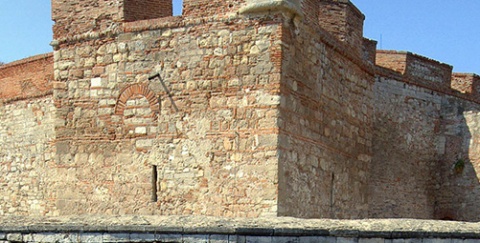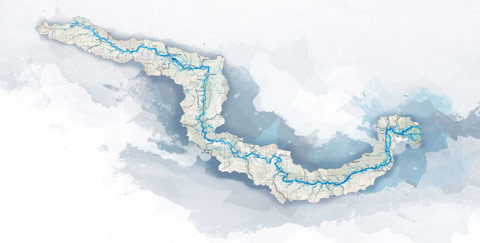
According to wine experts, Dobrugea (aka Dobrudja/Dobruja etc.) has the best conditions for wine growing in Romania. Its continental climate with warm, droughty summers, moderate winters, early springs and late autumns allow for long vegetation periods. Good soil structure and fertility, plenty of sun and low precipitation do make a difference so it is no wonder viniculture has a long pre-Roman tradition here. They don’t only grow grapes to make wine; they grow them for raisins too.
Outstanding rich-flavoured noble red and excellent white wines with natural sweetness are typical of this region. Grape varieties grown here are Cabernet Sauvignon, Chardonnay, Pinot Gris, Pinot Noir, Columna, Merlot, Muscat Ottonel, Italian Riesling, Sauvignon, and local varieties Fetească Neagră, Fetească Regala, Aligote and Babească Neagră.
A visit to Podgoria/Crama Murfatlar, the viticulture centre of Southern Dobrudja Plateau, at the north end of Murfatlar/Basarabi is highly recommended. Among the many varieties of red and white wines produced on 3,000 hectares, there are special ones such as the unique Lacrima lui Ovidiu (Tears of Ovid), named after the famous Roman writer, exiled under Emperor Augustus in 8 AD to the nearby Tomis (Constanta). Restaurant Crama Murfatlar, opened in 2009, offers wine tastings with traditional Romanian dishes.
Vineyards of Clos de Colombes are a dream-come-true estate owned by a French woman, Anne Marie Rosenberg. It also features a restaurant and B&B accommodation for the weary traveller. Visit Sarica Niculitel region near Tulcea, Northern Dobrudja Plateau, the attested “Bacchus Colony” since the 3rd century BC. Alcovin vineyards, planted in 2002, offer red and white Curtea Regala and Pelegrin wines.
DANUBE.TRAVEL has no control over the website content generated by users and/or visitors, neither such content represents a statement, opinion, recommendation or rating by DANUBE.TRAVEL. For further information please refer to DANUBE.TRAVEL – General Website Terms and Conditions of Use.
 EN
EN DE
DE
